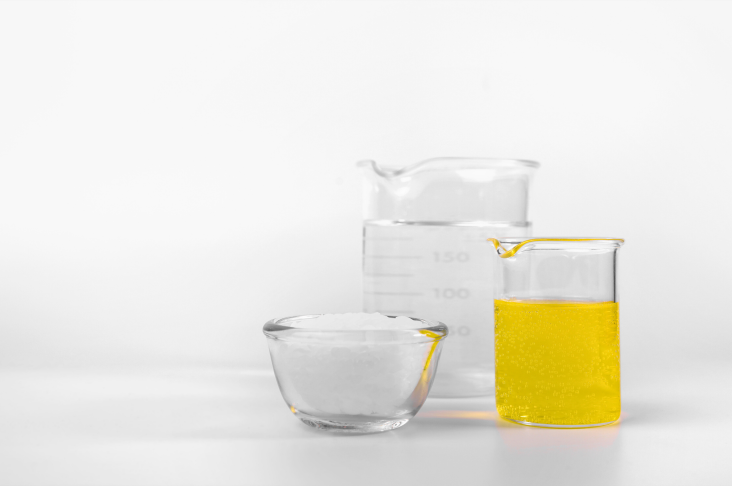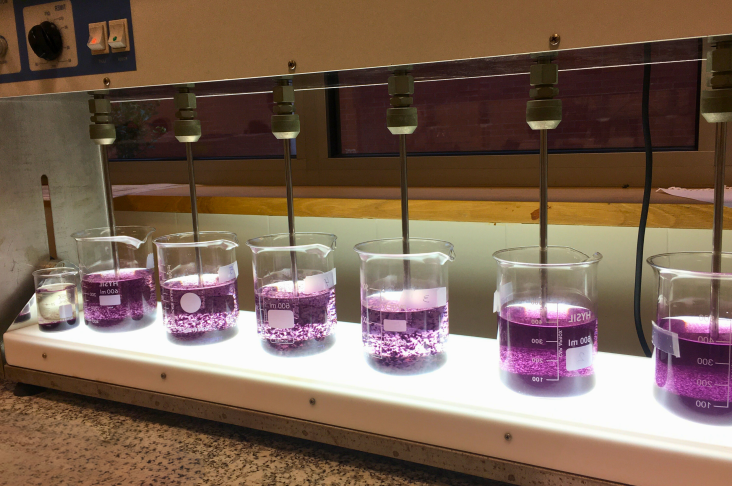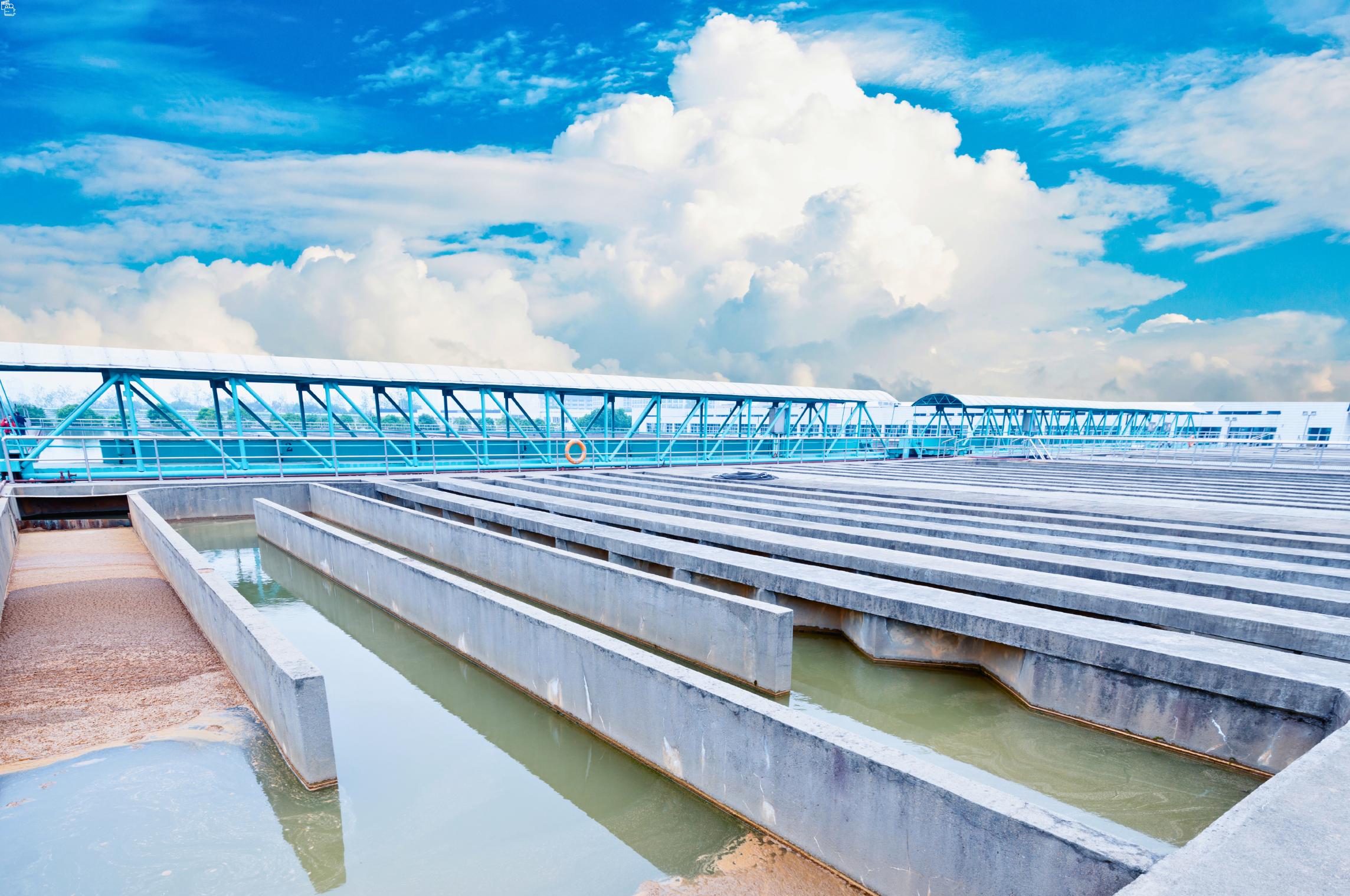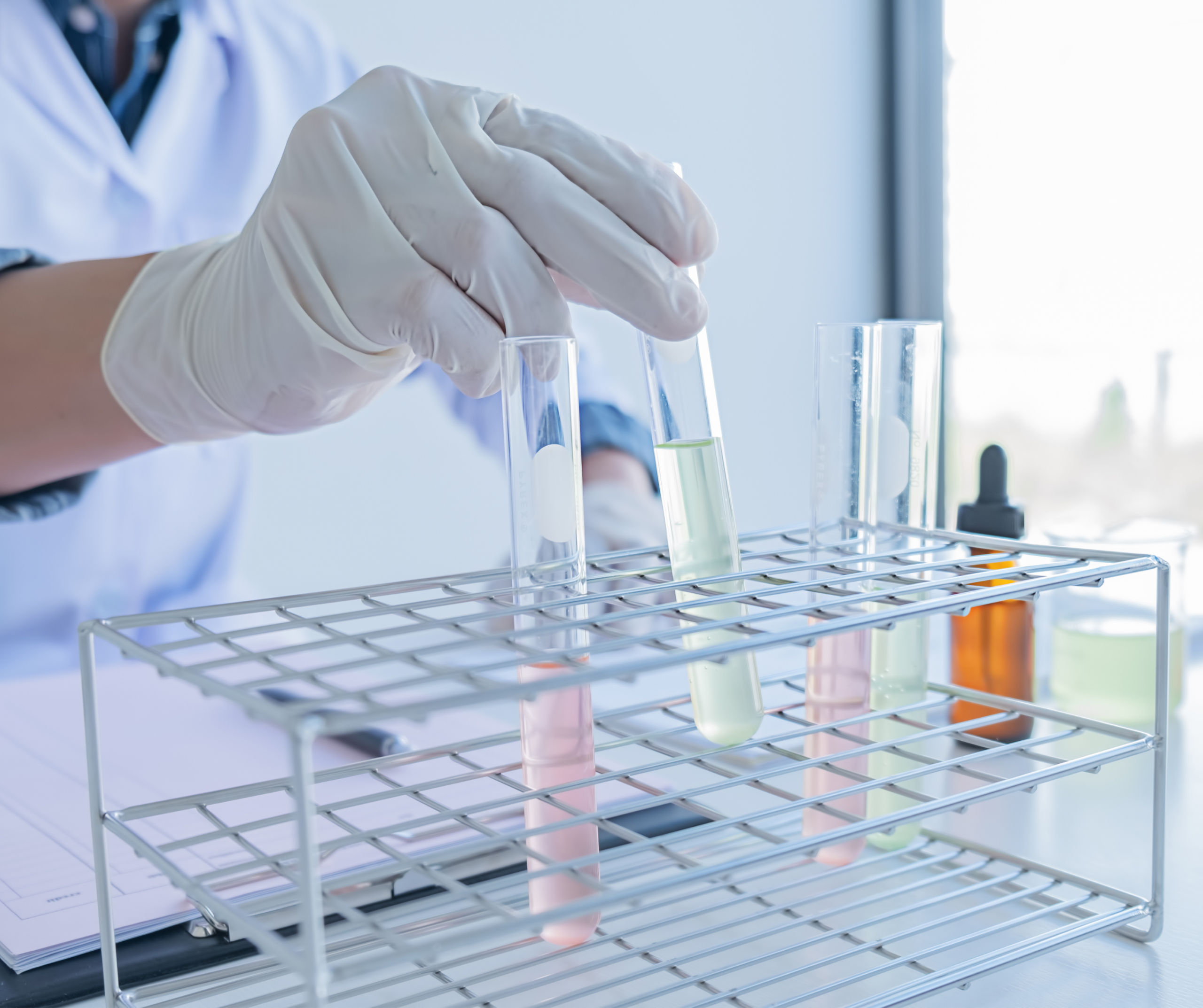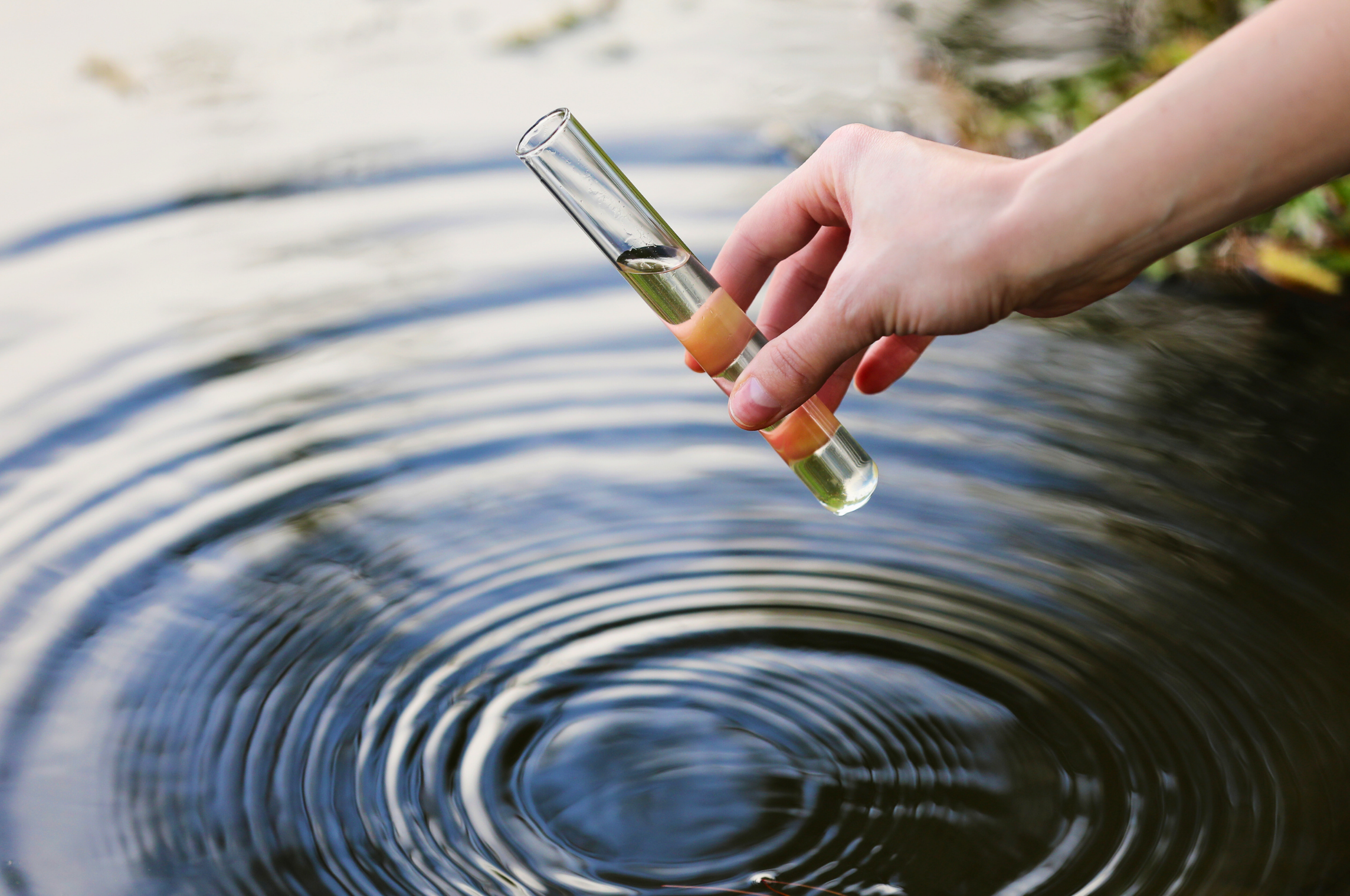It is a polymeric aluminum chloride–based flocculant coagulant chemical with high basicity. Thanks to its sulfate content, it enhances the bonding of floc structures formed in water. Since it contains only a small amount of sulfate (SO₄²⁻), it does not leave residual sulfate in water like aluminum sulfate does. It is used as a coagulant in drinking water treatment, wastewater treatment, and process water production plants. Polyaluminium Chlorides are empirically defined by the formula Alₙ(OH)ₘCl(3n–m), where 0 < m < 3n.
The degree of neutralization, or basicity, of hydrolyzed Al³⁺ is expressed as the OH/Al molar ratio. This ratio is commonly referred to as the number of ligands, hydroxyl groups, or basicity (r). For aluminum chloride (AlCl₃), the r value is 0, while for aluminum hydroxide (Al(OH)₃), the r value is 3. In Polyaluminium Chlorides, the r value ranges from 0.5 to 2.5. The higher the r value, the more stable the product and the greater the number of polymeric molecules it contains. Therefore, products with a high r value (high basicity) provide maximum coagulation efficiency.
Polyaluminium Chloride solutions are acidic, but their acidity decreases as the r value increases. The total aluminum content, expressed as Al₂O₃, provides information about the product’s composition and activity. The aluminum content (as Al₂O₃) in Polyaluminium Chloride products typically ranges from 7% to 24%. Depending on their derivatives, they may contain different inorganic salts, and the presence of these inorganic species influences the quality and effectiveness of the product.
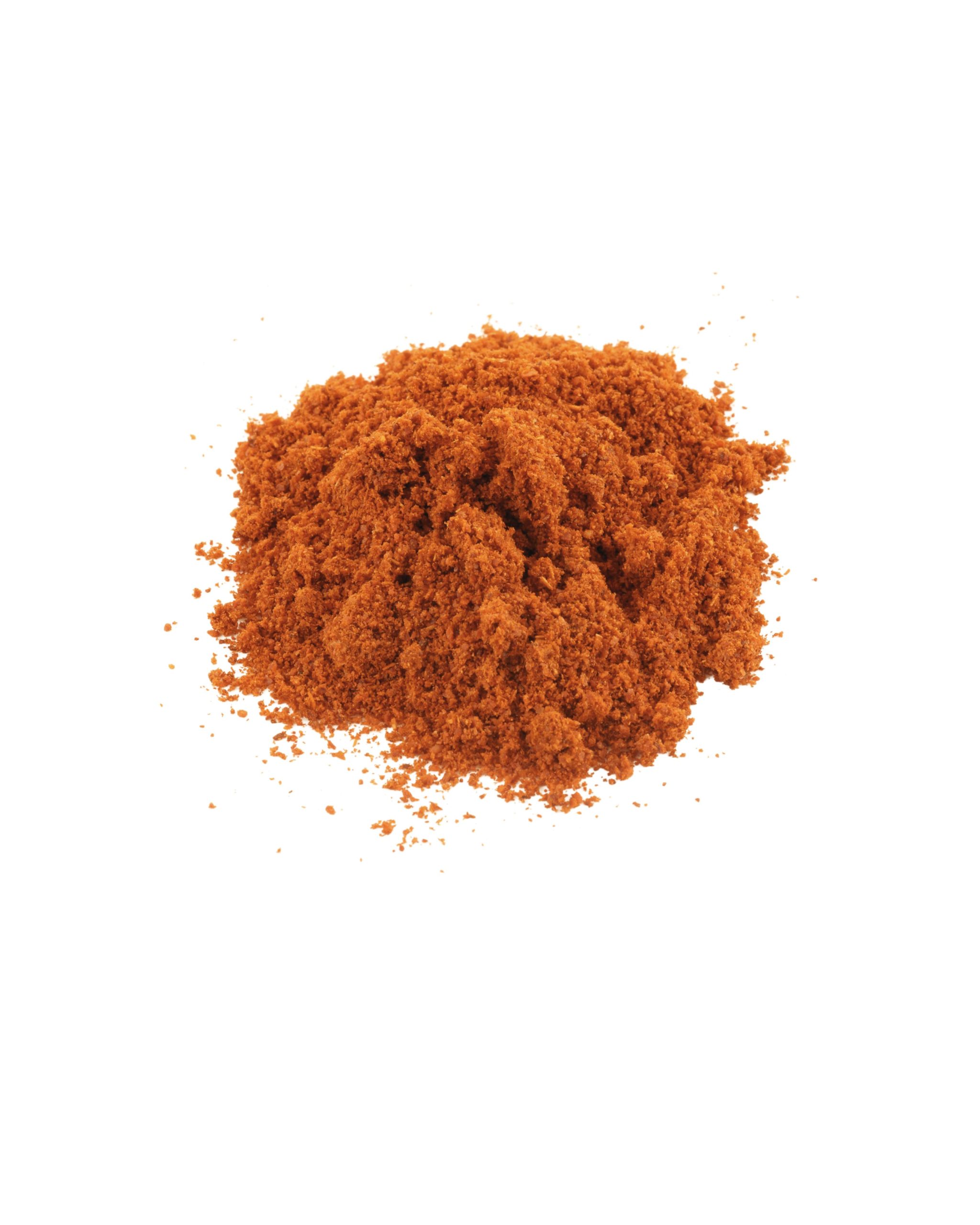
- It has a strong floc structure.
- It ensures rapid floc formation.
- Reacts easily at low raw water temperatures
- Reacts easily at low raw water turbidity
- Provides high COD removal
- Provides high heavy metal removal
- Provides high turbidity removal
- Leaves no residual aluminum (Al³⁺) in treated water
- Requires lower dosages compared to other coagulants
- Produces less chemical sludge compared to other inorganic coagulants
- Effective over a wide pH range
- Does not alter the pH of water after coagulation
- Can be dosed directly without solution preparation
- Easy to use, store, and dose
Polyaluminum Iron Chloride (PAFC)
| Product Form: | Liquid |
| Appearance: | Clear Liquid |
| Active Substance: | 10 - 23% Al2O3 |
| Relative Basicity: | 65 - 85% |
| Density: | 1.1 – 1.4 g/cm³ |
| pH (5% Solution): | 3.5 – 5.5 |
| Viscosity: | <50 cps |



